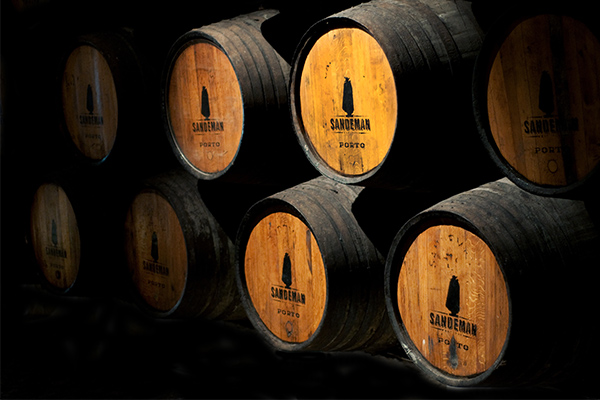Ports are then aged in oak barrels or stainless steal vats for 4-18 months and then shipped to port houses in Porto, Portugal’s second largest city, where they are taste tested and a decision is made as to what type of port the wine will become. Some will be bottled immediately, others aged a few months longer to become “ruby” ports, still others will be aged even longer and become “tawny” ports.
What’s the difference between a ruby and a tawny port?
Ruby ports are aged for no more than 3 years before bottling resulting in a younger, darker, and fruitier wine than the tawny ports. They can also be quite tannic with notes of blackberries, cherries, plums, chocolate, clove, and cinnamon.
Tawny ports are essentially made the same way as ruby ports but are aged far longer than the ruby’s three years – some are aged for as long as 40 plus years! Tawny ports are aged in oak barrels and are allowed to gradually oxidize over time as some evaporation of the wine occurs through the barrel. This results in a lighter, brownish colored port. The flavors of a tawny include raisins, nuts, cinnamon, clove, vanilla, butterscotch, and caramel and sometimes even more exotic herb or spice flavors.
If you’ve never tried a good port wine … you should, it’s one of wine-makings finest offerings.

